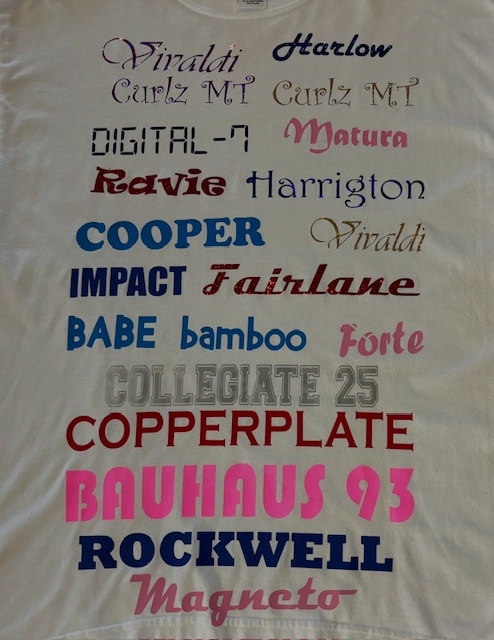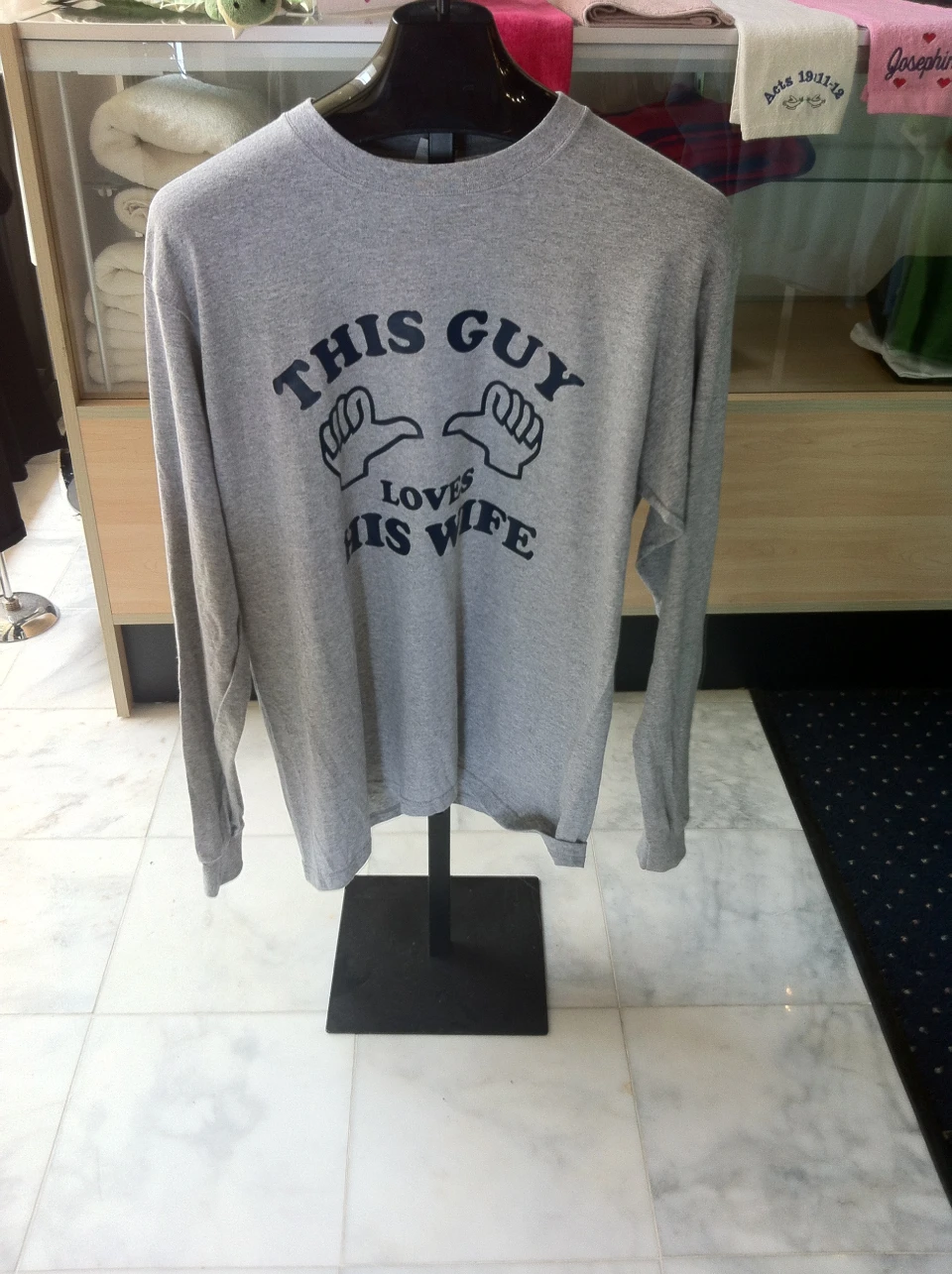Heat Transfer on T-Shirts and Aprons - Personalized Styles and Logos
Heat Transfer on T-Shirts and Aprons - Personalized Styles and Logos
Blog Article
The Art of Custom Embroidery: Opening the Tricks to Creating Unique and Remarkable Layouts
The keys to developing personalized needlework designs that mesmerize the eye and leave a lasting impression lie in a fragile balance of strategy, creativity, and focus to information. As we dig into the globe of custom embroidery, we uncover the nuanced interaction between string option, stitch intricacy, and style personalization that elevates a plain garment to a work of art.
Choosing the Right Embroidery Threads
When choosing embroidery strings, what key factors should you take into consideration to make certain the best results for your customized styles? The option of embroidery string is critical in identifying the last result of your embroidered layout. One of the main considerations is the product of the thread. Different products such as cotton, polyester, rayon, and silk supply varying levels of luster, toughness, and appearance. It is necessary to choose a thread product that complements the fabric you are stitching on and aligns with the desired appearance of the layout.
Moreover, the weight or density of the thread plays a considerable duty in the look of the embroidery. Thicker strings can include dimension and appearance to your layout, while finer threads are perfect for intricate details and tiny message. Additionally, considering the shade fastness and washability of the thread is essential to make certain that your custom-made designs preserve their quality and vibrancy over time. By carefully evaluating these elements and selecting high-grade strings that satisfy your specific requirements, you can enhance the visual charm and long life of your stitched developments.
Checking Out Different Stitch Techniques
To explore the realm of 'Exploring Different Stitch Strategies', one have to comprehend the complexities and subtleties that each sewing method brings to the art of embroidery. Different stitch techniques not only add visual rate of interest yet also add to the total appearance and dimension of the style. One popular stitch method is the satin stitch, which entails very closely packed parallel stitches to create a smooth and glossy surface area, suitable for filling in forms and producing bold outlines.
On the various other hand, the backstitch is a flexible method usually used for detailing and including fine details. It involves sewing in reverse to develop a solid line of needlework. Furthermore, the French knot stitch includes a tactile aspect to layouts, excellent for developing textured accents like flower centers or decorative touches.
Checking out different stitch techniques enables embroiderers to play with light, darkness, and deepness within their designs, elevating the visual charm and imaginative top quality of their embroidery tasks. By grasping various stitching techniques, one can open unlimited opportunities for producing special and memorable custom needlework pieces.
Incorporating Personalized Style Aspects
Having actually explored the ins and outs of different stitch strategies such as the satin stitch, backstitch, and French knot, the emphasis now changes towards incorporating tailored style elements in personalized embroidery tasks. Customized layout components play an important role in making needlework projects absolutely distinct and remarkable.
One more means to integrate customized layout elements is by consisting of signs or motifs that hold unique definition to the recipient or show their passions and character. Incorporating a favored blossom, pet, or hobby-related symbol can make the needlework design a lot more significant and individualized. Additionally, choosing colors that reverberate with the recipient or straighten with the designated style can even more boost the personalization of the embroidery job.
Grasping the Art of Color Sychronisation

One secret aspect of shade sychronisation is comprehending shade concept. This consists of this content recognizing how various shades connect with each other, the feelings they communicate, and how they can be incorporated to develop visually appealing i tailor shirts designs. By using shade concept principles, embroiderers can create harmonious shade combinations that enhance the total appearance of the style.
In addition, focusing on comparison is critical in shade sychronisation. Utilizing contrasting colors can help particular elements of the design pop, enhance readability, and develop a visually vibrant needlework item. By understanding the art of color control, embroiderers can boost their layouts and create memorable items that resonate with clients and audiences alike.
Enhancing Structure With Advanced Embroidery Stitches

Bullion knots, on the other hand, can be utilized to develop twisted, ropelike components that add an elegant feeling to the embroidery. Exploring with these innovative embroidery stitches enables you to push the boundaries of standard embroidery and produce genuinely special and visually attractive textures in your styles.
Conclusion
Finally, the art of customized needlework entails a combination of picking the best strings, checking out different stitch methods, incorporating individualized style aspects, understanding shade control, and improving structure with advanced stitches. By recognizing and carrying out these essential components, embroiderers can develop special and memorable designs that you can try here showcase their creative thinking and ability. Needlework fanatics can open the secrets to producing lovely and custom items that stick out and leave a long-term impact.
Report this page